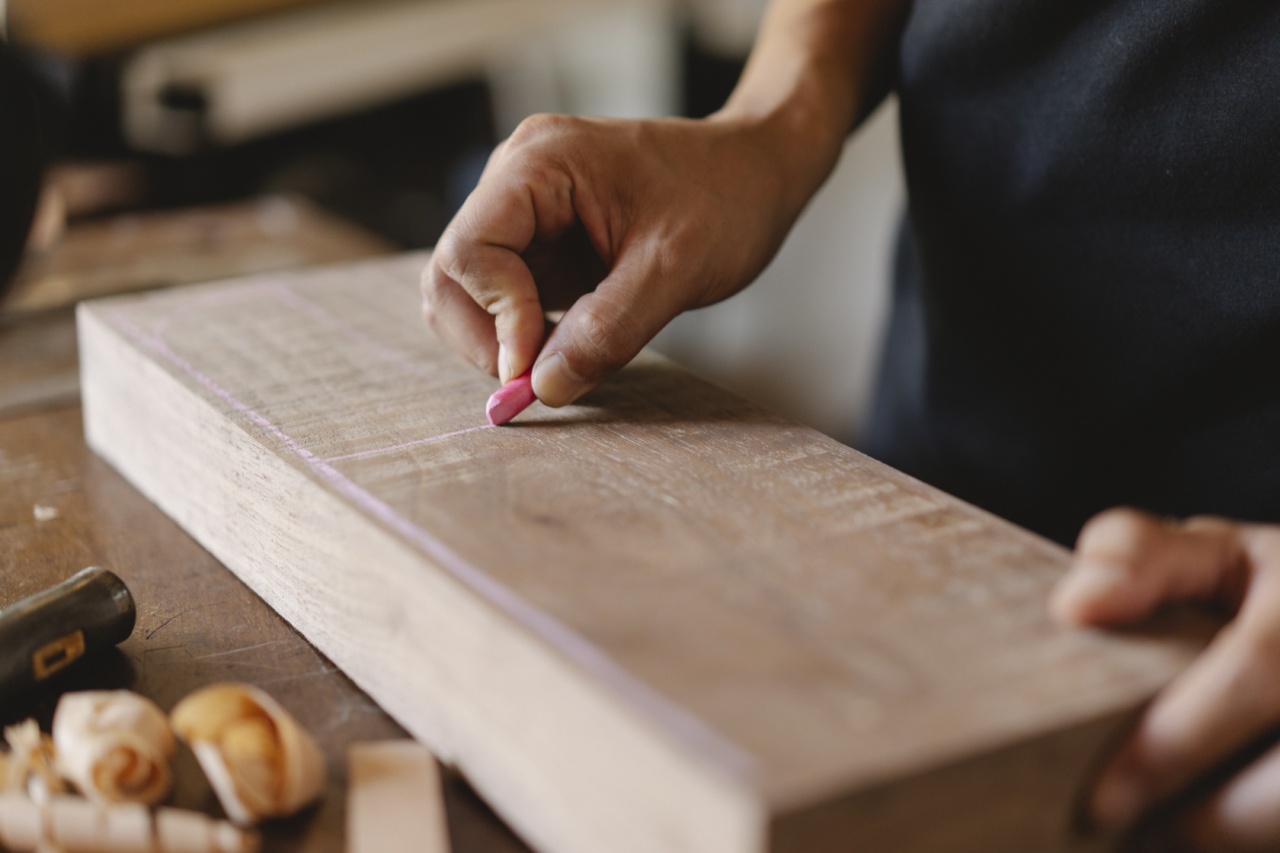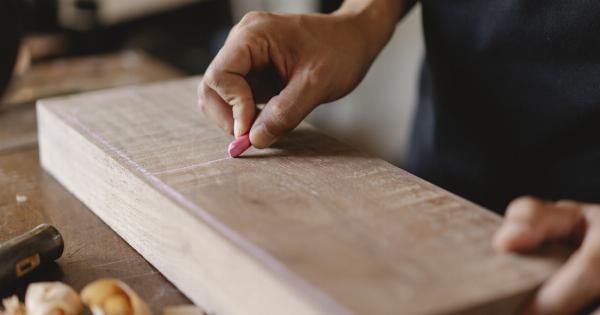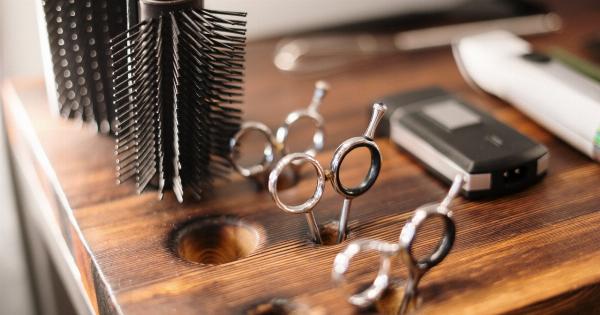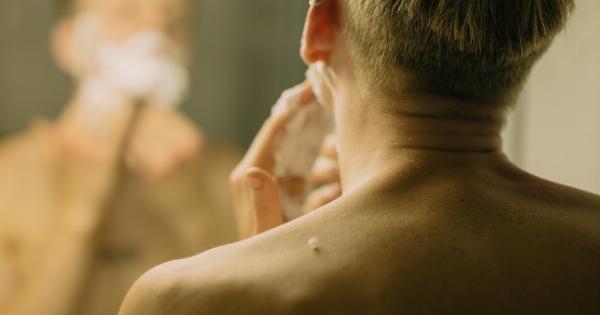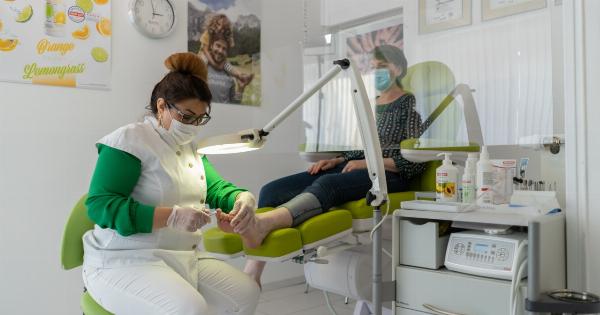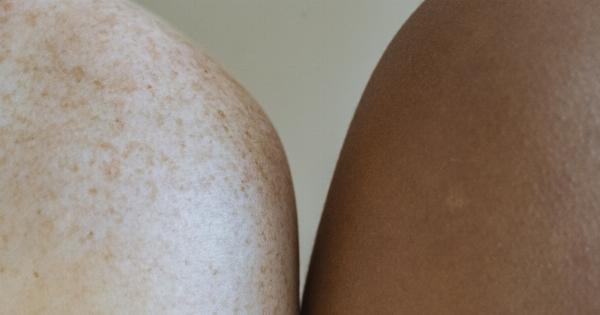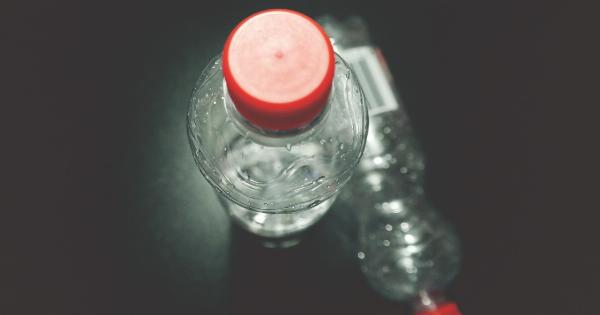If you are looking to maintain a clean and well-manicured bikini line, it is essential to ensure that you have the right technique and tools. Shaving is the most common method used by women, but it can be challenging if not done correctly.
In this article, we will share some of the best practices for shaving your bikini line and help you avoid irritation, ingrown hairs, and bumps in the process.
1. Prep Your Skin
Before you start shaving, take a warm bath or shower to open up the pores and soften the hair. You can also exfoliate the area gently using a loofah or scrub to remove dead skin cells and help prevent ingrown hairs.
Avoid using harsh exfoliants or scrubs as they can irritate the skin and increase the chances of razor burn.
2. Use the Right Razor
When it comes to shaving your bikini line, using the right razor is essential. Avoid using dull razors or disposable ones, as they can lead to irritation, ingrown hairs, and cuts.
It is best to invest in a quality razor with multiple blades and a pivoting head to help you navigate the contours of your skin. You can also use a razor specifically designed for the bikini area, with a smaller blade and a handle that allows for better control.
3. Apply Shaving Cream or Gel
Using shaving cream or gel can help lubricate the skin and soften the hair, making it easier to shave. Apply a thin layer of cream or gel, making sure to cover all the areas you want to shave.
Avoid using soap or body wash, as they can dry out the skin and increase the risk of razor burn.
4. Shave in the Right Direction
When shaving your bikini line, it is important to go in the right direction. Start by shaving with the grain (in the direction the hair is growing) to prevent irritation and razor burn.
If you need to go over an area twice, do it in a sideways or diagonal motion, rather than against the grain. Going against the grain can increase the risk of skin irritation, ingrown hairs, and bumps.
5. Rinse and Pat Dry
Once you have finished shaving, rinse the area with warm water to remove any leftover hair and shaving cream. Pat dry with a clean towel, avoiding rubbing the area as it can cause irritation.
If you have any cuts or nicks, apply a small amount of antiseptic ointment to prevent infection.
6. Moisturize
After shaving, it is crucial to moisturize the area to keep it hydrated and prevent it from drying out. Use a gentle moisturizer that is free from fragrances and other irritants, and apply it to the skin in a circular motion.
Avoid using products that contain alcohol, as they can dry out the skin and cause irritation.
7. Maintain Your Razor
It is essential to maintain your razor to ensure that it stays sharp and effective. Rinse it after each use and store it in a dry, clean area to prevent bacteria buildup. Replace the blades regularly to prevent dullness, irritation, and infections.
8. Avoid Sun Exposure
After shaving your bikini line, it is best to avoid sun exposure for at least 24 hours. Sun exposure can cause irritation, redness, and even sunburn, especially if you have sensitive skin.
If you must go out in the sun, use a broad-spectrum sunscreen with an SPF of 30 or higher to protect the area.
9. Don’t Shave Too Often
Shaving your bikini line too often can cause irritation, razor burn, and ingrown hairs. Aim to shave every two to three days to allow the hair to grow to a reasonable length before shaving again.
If you experience irritation, give your skin a break for a few days before resuming shaving.
10. Consider Other Hair Removal Methods
If shaving is not working for you, consider other hair removal methods, such as waxing or laser hair removal.
Waxing can be painful, but it can provide longer-lasting results than shaving, while laser hair removal can be costly but provides a permanent reduction in hair growth.
Conclusion
Shaving your bikini line can be challenging, but with the right technique and tools, you can achieve a clean and well-manicured look.
Remember to prepare your skin, use the right razor and shaving cream, shave in the right direction, rinse and moisturize after shaving, maintain your razor, avoid sun exposure, don’t shave too often, and consider other hair removal methods if necessary. By following these best practices, you can keep your bikini line smooth and bump-free.
